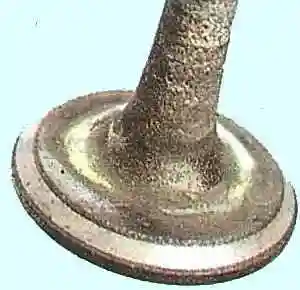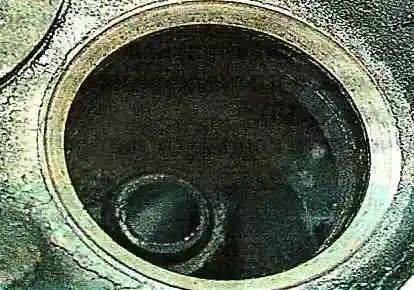Lapping of valves is required when repairing the engine cylinder head
If cracks, warping of the valve head, burnout, deformation of the stem are found on the working chamfer of the valve, then the valve must be replaced
Minor scratches and scratches on the valve face can be removed by lapping.
To complete the task, you need lapping paste, kerosene, a weak spring, the outer diameter of which fits into the valve seat hole.
For lapping the valves, it is most convenient to use a special tool and a reversible drill.

Pre-made valve holders are available

You can make your own device according to the drawing.

We clean the valve from carbon deposits and apply a continuous thin layer of lapping paste to the chamfer of the valve.
We put a pre-selected spring on the valve stem and insert the valve into the guide sleeve from the side of the combustion chamber, lubricating the valve stem with a layer of graphite grease.
The graphite lubricant will prevent the abrasive from the lapping paste from getting into the guide bushing and make it easier to rotate the valve during lapping.
We put a valve grinding tool on the valve stem.
Turning on the drill at the minimum speed (in reverse motion) or rotating the device (in the case of manual grinding) alternately in both directions by half a turn, we grind the valve, periodically pressing it against the seat, then weakening the pressing force.

We grind the valve until a matte gray continuous monophonic belt appears on its chamfer, at least 1.2 mm wide for the intake valve and at least 0.99 mm for the exhaust valve.

At least 0.9 mm wide should appear on the valve seat after lapping.

After lapping, wipe the valve and seat with a clean rag and rinse to remove any remaining lapping paste.
We check the tightness of the valve, for this we install it in the head with springs and crackers.
Then we put the head on its side and pour kerosene into the channel that is closed by the valve.
If kerosene does not seep into the combustion chamber within three minutes, the valve is tight.





